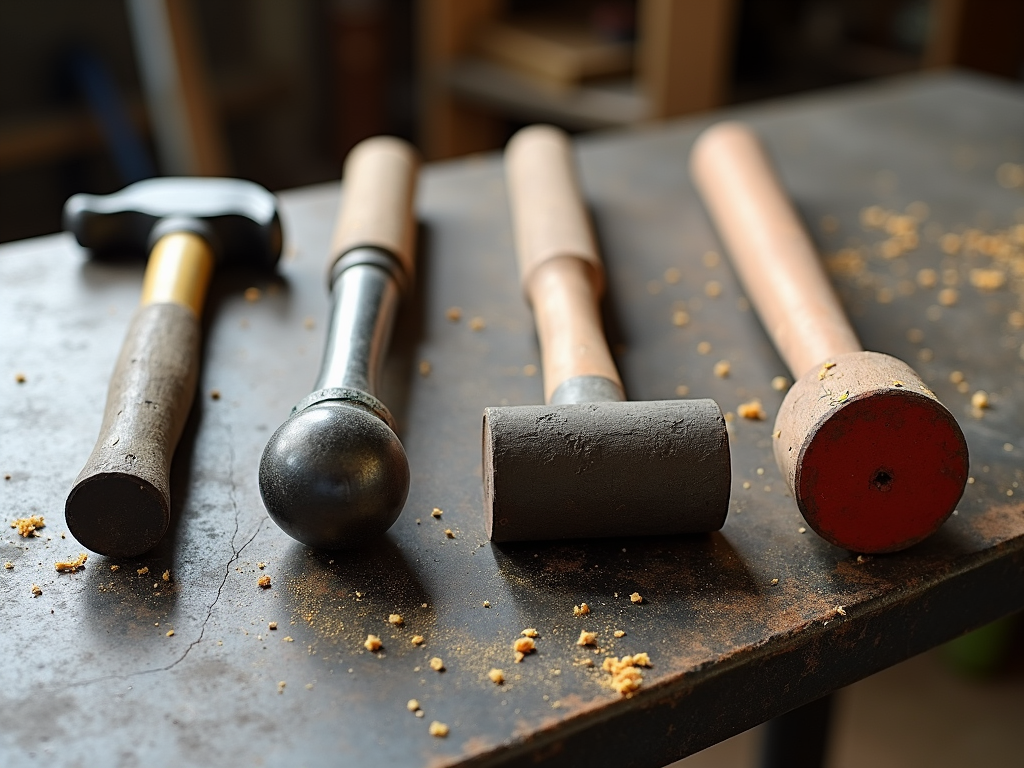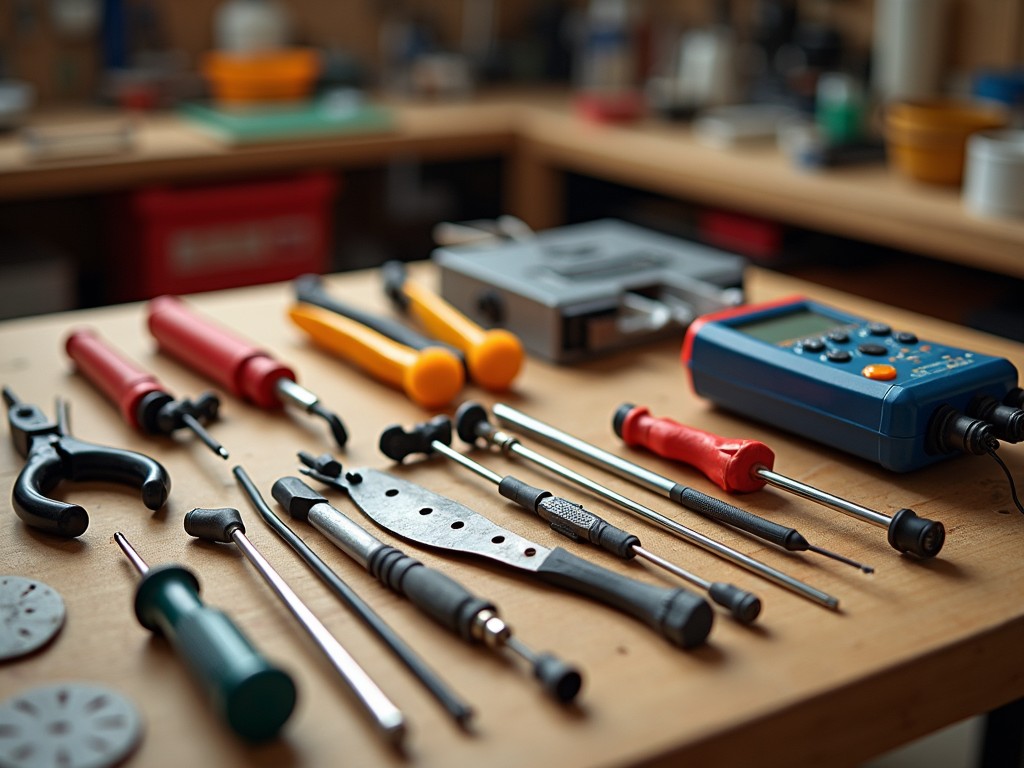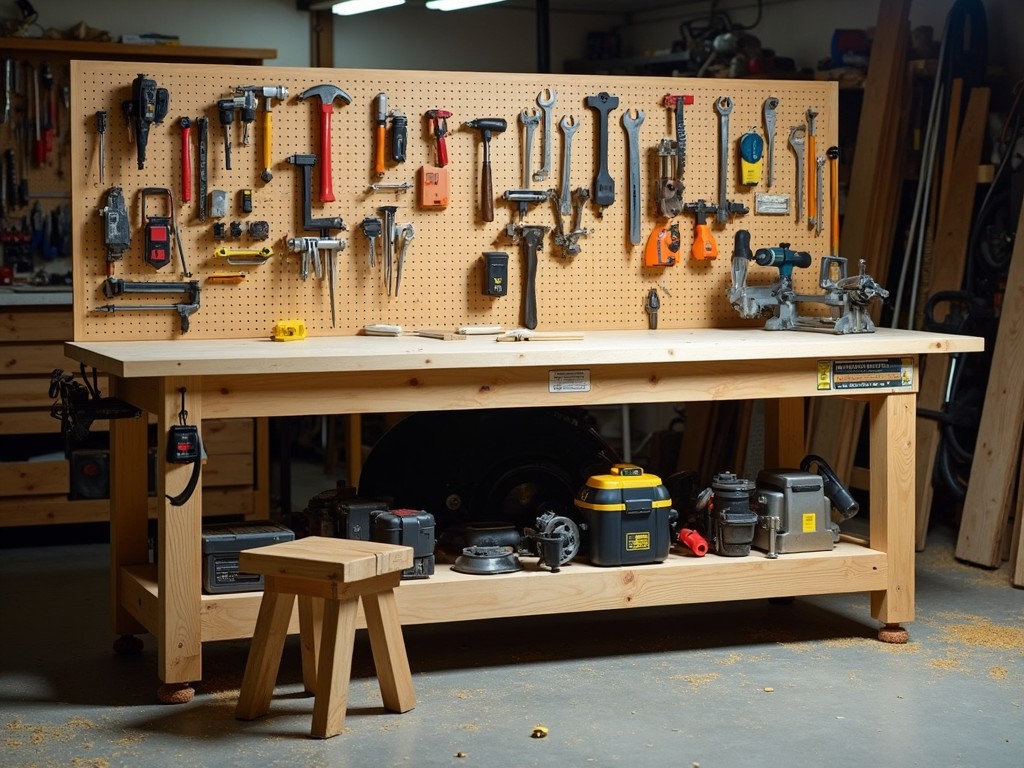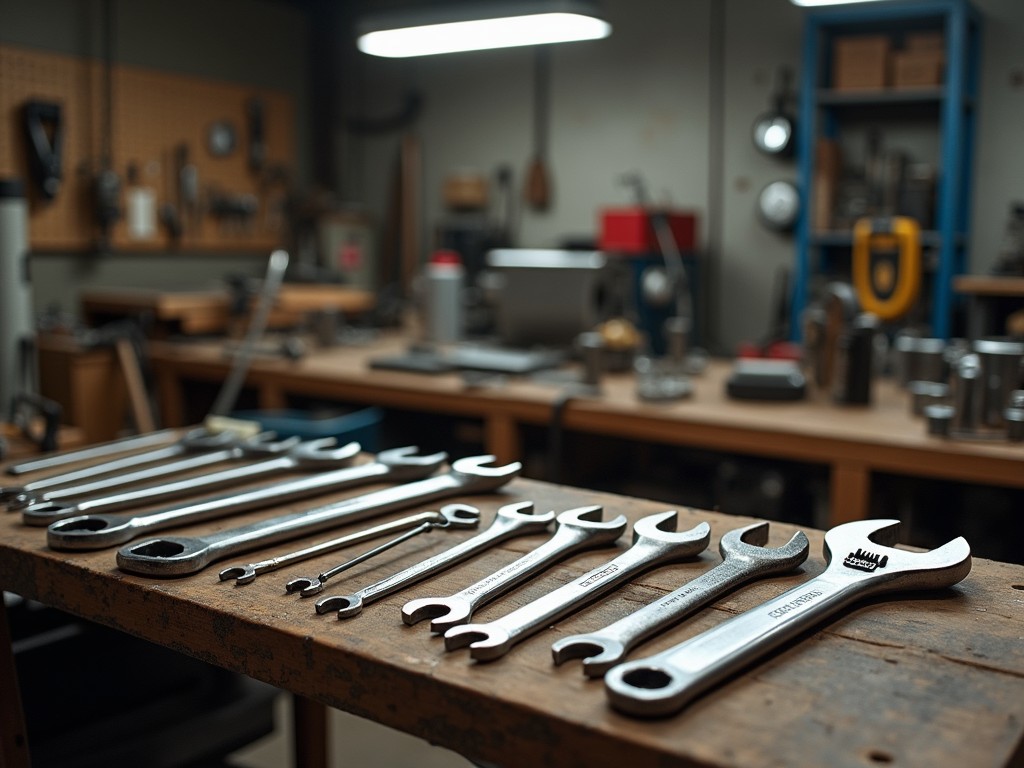Hammers are indispensable tools in any workman’s toolkit, each designed for specific tasks across different projects. This comprehensive guide explores the various types of hammers, ensuring you choose the right tool for your needs.

Understanding the Basics of Hammers
Before diving into specific types, it’s essential to understand the basic anatomy of a hammer. Every hammer includes a head, which delivers the force, and a handle, typically designed for a comfortable grip. Let’s explore some common features shared by most hammers:
- Head: The metallic part that strikes objects.
- Face: The striking surface of the head.
- Claw: Used to pull nails (featured in claw hammers).
- Handle: Made for gripping; materials vary from wood to fiberglass.

Types of Hammers for Different Projects
Choosing the correct hammer involves understanding the task at hand. Here are several hammers used for different projects, each with its unique advantages:
1. Claw Hammer
The claw hammer is one of the most versatile tools available. It has a flat face for driving nails and a curved "claw" for removing them. Great for woodworking and small home repairs, it’s every homeowner's go-to tool.
2. Ball-Peen Hammer
Also known as a mechanic’s hammer, it features a rounded peen opposite the face. This design is handy for metalworking tasks such as shaping and riveting.
3. Sledgehammer
When it comes to demolition work, a sledgehammer is your best friend. With a heavy head and long handle, it delivers maximum force for breaking things apart.
4. Mallet
Mallets have a softer, non-metallic head. They’re perfect for woodworking projects where you need to protect the surface of your materials.
5. Tack Hammer
Often used in upholstery, the tack hammer has a smaller face for driving tacks and panel pins. Its lightweight design ensures precision in delicate tasks.

Personal Insights into Choosing the Right Hammer
Begin with Versatility: If you’re starting or expanding your toolset, a claw hammer is the best initial investment. Its dual-purpose use in driving and pulling nails makes it incredibly versatile for small household tasks.
Safety First: Always consider the material and condition of the handle. Fiberglass handles, for instance, offer excellent shock absorption and are highly durable.
Ergonomics Matter: Don’t underestimate the importance of comfort. A well-balanced hammer with a comfortable grip can prevent fatigue and improve precision in your work.

Table: Quick Comparison of Hammer Types
Here's a quick overview of the hammers discussed:
| Hammer Type | Best Used For | Special Features |
|---|---|---|
| Claw | Woodworking, repairs | Nail pulling and driving |
| Ball-Peen | Metalworking | Shaping metal, riveting |
| Sledgehammer | Demolition | Heavy, long handle for leverage |
| Mallet | Woodworking | Soft head protects surfaces |
| Tack Hammer | Upholstery | Lightweight, for precision tasks |

Final Thoughts on Hammer Selection
Whether you’re a professional carpenter or a DIY enthusiast, choosing the right hammer for your projects can significantly affect your efficiency and outcome. Ensure each hammer in your toolkit serves a distinct purpose to optimize your toolbox and get the job done right.
Related types of hammers for different projects:
- Guide to Essential Tools for Beginners
- A Comprehensive Guide to Electrical Tools
- Comprehensive Guide to Workman Tools for Automotive Repair
- Essential Screwdrivers for Mechanics: A Comprehensive Guide
- Guide to the Best Tool Sets for Automotive Repairs
- Advanced Workman Tools for Professionals
- Hammer Dynamics and Ergonomics: A Comprehensive Guide
- Power Tools for Beginners: An Expert Guide
- A Comprehensive Guide to Using a Hammer Safely
- Essential Workman Tools for Everyday Use
- Essential Workman Tools for Professional Builders
- Best Power Tools for Car Repair







